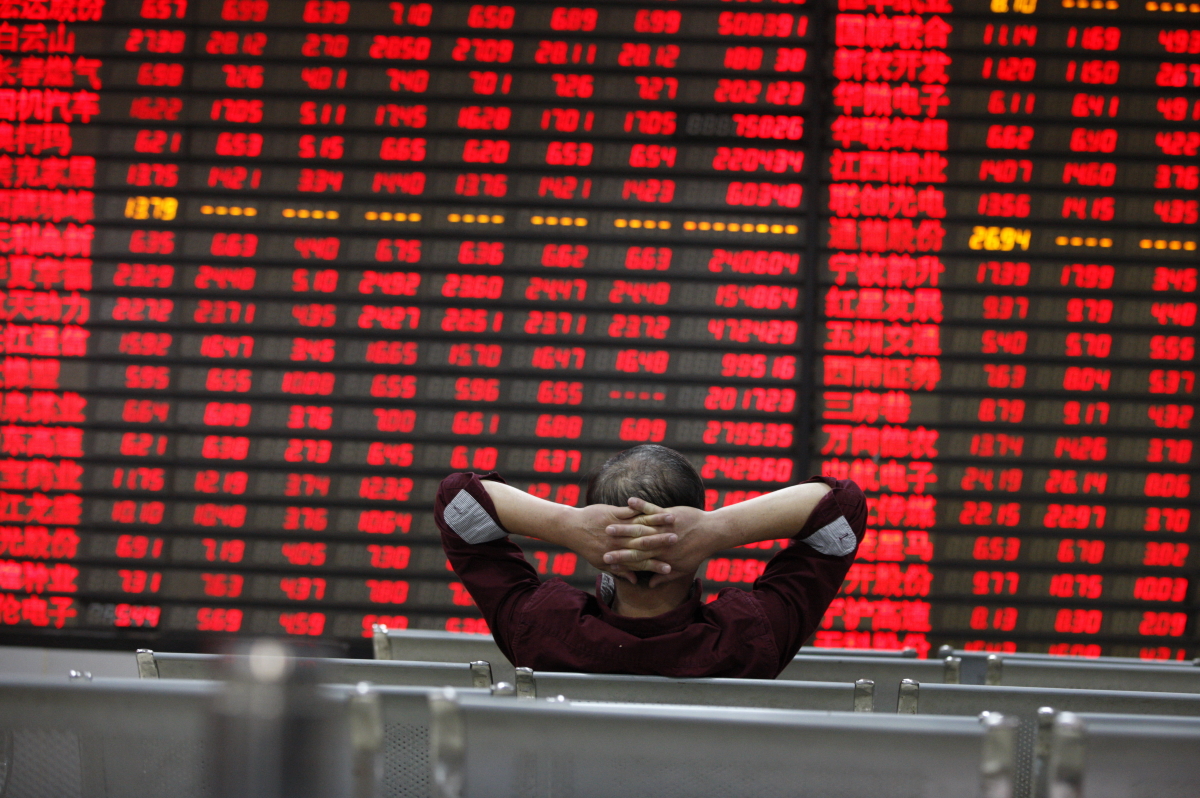China’s zero-Covid policy and resulting harsh lockdowns to rein in the pandemic had negatively affected the economic activity in the country, with equities taking a nosedive. Now the tables seem to be turning. The offshore yuan and benchmark CSI 300 Index both registered gains with consumer shares leading the pack, as Beijing announced easing restrictions of lockdown. The official GDP data shows that economic growth had a good start in 2022, with growth rising to 4.8% in Q1, from 4.0% in Q4 2021.
Hong Kong stocks also climbed to a six-week high after Shanghai unveiled its 50-point plan to exit from a lockdown on May 29, 2022, signalling hopes of recovery. Shanghai’s Vice Mayor Wu Qing said that the authorities will be easing the restrictions and allowing the companies to resume the work. The measures include tax cuts for businesses and subsidies for purchases of electric vehicles.
China’s easing policy and economic rebound
China’s zero-Covid policy had hindered the prospects for an economic rebound in 2022. The lockdown created a weakening position in the property sector, impediments to manufacturing and logistics, rising unemployment, and a deterioration in consumer confidence. The MSCI China Index is down by more than 21% in US dollar terms so far this year, and in the past year has fallen 37%. More recently, renminbi depreciation had dragged on dollar returns, with the currency sliding 4.3% year-to-date versus the US dollar.
Over the past few months, Chinese stocks have come under pressure as the country grappled with the Covid-19 outbreak. In April and May, the CSI 300 index hovered around 4,000 points, and as of June 2, 2022, the index has fallen 23.01% in the past year. However, over the past few days, CSI300 has registered healthy gains as prospects of reopening and easing restrictions aided investor sentiment.
In mid-April, the market reacted favorably to the confirmation of the 5.5% GDP growth target. Similarly positive for stocks were announcements regarding expanded urbanization in rural areas, news of a more normal level of regulatory supervision over the financial activities of Chinese internet companies, the central bank’s looser monetary policy, as well as local stimulus measures underpinning real-estate markets.
Impediments to growth
Moreover, the geopolitical scenario across the globe owing to the Ukraine-Russia war saw China’s economic growth to be slowing as shown by the poor imports growth. The jump in the global energy prices stemmed from the war in Ukraine and negatively affected China given its dependency on energy imports. Moreover, the country may see a loss of market share in trade, in addition to seeing trade pressured as tighter policy globally leads to a weaker economic environment. As a net commodity importer, China has also seen a deterioration in terms of trade as commodity prices have risen.
Additionally, the weakness in the property sector has left investors worrying. Goldman Sachs analysts Kenneth Ho and Chakki Ting in a recent report stated that twenty-two China high-yield bond issuers, all related to the property sector, have either defaulted on their U.S. dollar-denominated bonds or deferred repayment with bond exchanges since the start of this year. The analysts said, “Given the pickup in stresses, we raise our FY22 China Property HY default rate forecast to 31.6% (from 19.0% previously), which was our previous bear case assumption.” According to a Reuters poll, the investment by real estate firms is expected to fall 5.0% in the first half and drop 2.5% in 2022. The analysts previously forecast investment would drop 2.0% in the first half and gain 1.5% in 2022.
Outlook for China’s stock market in 2022
With China easing the restrictions in most parts of the country, investors are now betting that the policy support by easing lockdowns will spark a revival in the stock market. They added 16.9 billion yuan ($2.5 billion) of Shanghai and Shenzhen shares via trading links in May, narrowing year-to-date outflows to just 1.2 billion yuan.
According to Vincent Mortier, Amundi’s chief investment officer, the firm is turning more bullish on China’s equity markets after trimming exposure during the first quarter’s harsh selloff. Mortier added that the key developments to watch include the potential rollout of a homegrown mRNA Covid-19 vaccine and any reopening steps taken around the Party Congress later this year.
Mortier said other near-term catalysts for China’s battered stocks include more “targeted” easing by the central bank to support the economy, as well as any progress in opening its domestic market to foreign firms. In the credit space, the Amundi executive sees opportunities in China’s high-yield bonds.










 Australia
Australia China
China India
India Indonesia
Indonesia Japan
Japan Malaysia
Malaysia Philippines
Philippines Singapore
Singapore South Korea
South Korea Taiwan
Taiwan Thailand
Thailand Vietnam
Vietnam
 Germany
Germany Hong Kong
Hong Kong USA
USA Switzerland
Switzerland Singapore
Singapore
 United Kingdom
United Kingdom Other / International
Other / International








